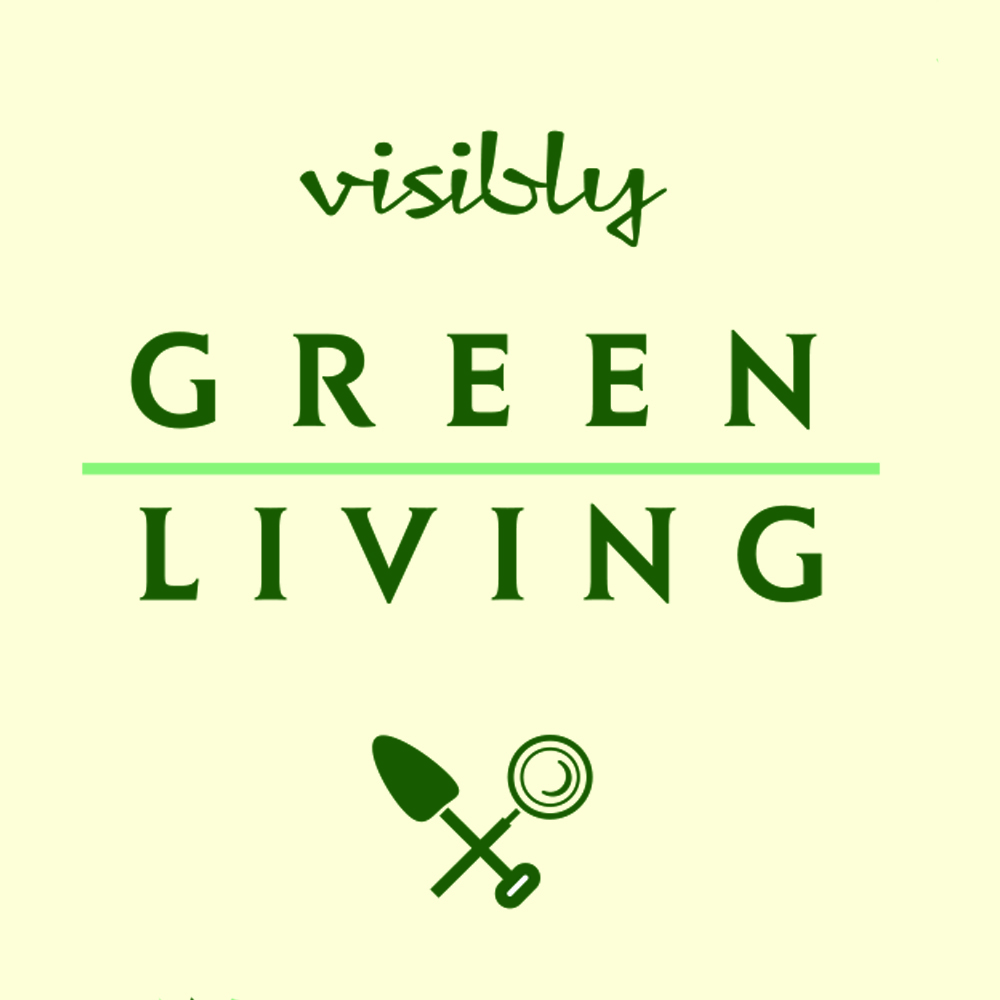–by Marilyn Moore The question of scale and human action was on my mind during the 2013 One Earth Film Festival. I attended the gala and several film screenings and participated in several discussion groups, where water, energy, waste, food, and sustainable living were discussed. Throughout, there was a lot of discussion about the planet.
 The concept of “the planet” overwhelms me, and I am reluctant to take measures that affect the planet. It is not that I don’t care. It is rather that problem-solving on a planetary scale has to take into account a mind-boggling number of variables: In addition to the more than 7,000,000,000 people living on earth, there are more than 5,700 species of mammals, nearly 10,000 species of reptiles, 7000 species of amphibians, 10,000 species of birds, 230,000 species of fish, and 900,000 different kinds of insects—that we know about. The best estimate for plants is between 20,000 and 100,000 different species. They don’t make organizational tools large enough and complex enough to consider the planet as a whole.
The concept of “the planet” overwhelms me, and I am reluctant to take measures that affect the planet. It is not that I don’t care. It is rather that problem-solving on a planetary scale has to take into account a mind-boggling number of variables: In addition to the more than 7,000,000,000 people living on earth, there are more than 5,700 species of mammals, nearly 10,000 species of reptiles, 7000 species of amphibians, 10,000 species of birds, 230,000 species of fish, and 900,000 different kinds of insects—that we know about. The best estimate for plants is between 20,000 and 100,000 different species. They don’t make organizational tools large enough and complex enough to consider the planet as a whole.
I came away from the One Earth Film Festival with two important questions: What can I do personally? And, Why should I do it? Reflecting on those questions I concluded that I don’t know what I can do, but whatever I do will be motivated by the desire to make my life better. I began to consider sustainability in terms of a good life.
 My friend and neighbor, Christiane Broihier, was one of the organizers of the One Earth Film Festival, so I went to her for advice. Together we came up with a project to begin experimenting with sustainability on a personal scale, in our homes and gardens, in an effort to learn what sustainable living contributes to the quality of our lives. Our website, Visibly Green Living, is a record of our findings. We have several experiments ongoing at the moment. Because waste concerns both of us, Christiane and I are paying attention to what acquire in an effort to make the best use of it, and we are experimenting with composting, recycling, and water conservation to reduce waste. Because we are concerned about our health and wellbeing and that of our families, we are experimenting with cuisine (both of us) and organic food gardening (Christiane). Concerned about our growth and development, we are looking for peaceful ways to promote and sustain ourselves intellectually, creatively, and economically. While we share a number of problems, our solutions are not the same. We are learning a lot from each other, and we are enjoying the comments and conversation with readers on the website and on our Facebook page.
My friend and neighbor, Christiane Broihier, was one of the organizers of the One Earth Film Festival, so I went to her for advice. Together we came up with a project to begin experimenting with sustainability on a personal scale, in our homes and gardens, in an effort to learn what sustainable living contributes to the quality of our lives. Our website, Visibly Green Living, is a record of our findings. We have several experiments ongoing at the moment. Because waste concerns both of us, Christiane and I are paying attention to what acquire in an effort to make the best use of it, and we are experimenting with composting, recycling, and water conservation to reduce waste. Because we are concerned about our health and wellbeing and that of our families, we are experimenting with cuisine (both of us) and organic food gardening (Christiane). Concerned about our growth and development, we are looking for peaceful ways to promote and sustain ourselves intellectually, creatively, and economically. While we share a number of problems, our solutions are not the same. We are learning a lot from each other, and we are enjoying the comments and conversation with readers on the website and on our Facebook page.
For my part, I am looking to create and sustain a life that is more enjoyable because it is more interesting, more prudent, less conventional, less judgmental, more manageable, and more independent. I want to trust my instincts and my reason. By creating opportunities for me to connect more assuredly and more favorably with my friends and family, with my work, and with my surroundings, Visibly Green Living is teaching me how to cultivate and sustain a life worth living. But just as important, Visibly Green Living is creating for us the possibility of community. We are trying to connect with people who are exploring sustainability in their own lives–those who share our ideas, those who challenge them, and those who offer alternatives. We take sustainability seriously, and we are trying to understand and support each individual's reasons for pursuing a sustainable life.
You can check out Visibly Green Living on the website or Facebook page. It was developed by Oak Park neighbors, Christiane Broihier and Marilyn Moore.
Editor’s note: The good news is that even though, by her own account, Marilyn is reluctant to “take measures that affect the planet” her joyful pursuit of sustainability and community in her own life ultimately affects the planet – especially as she and Christiane share their experiences with others!

